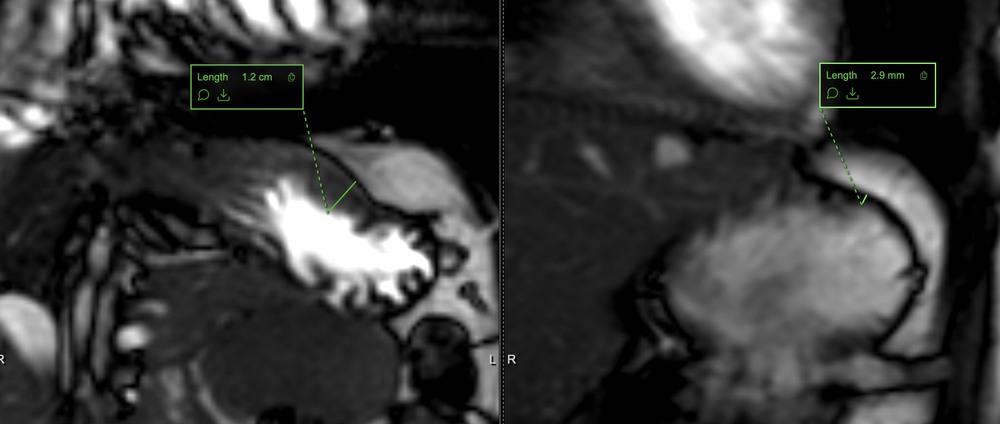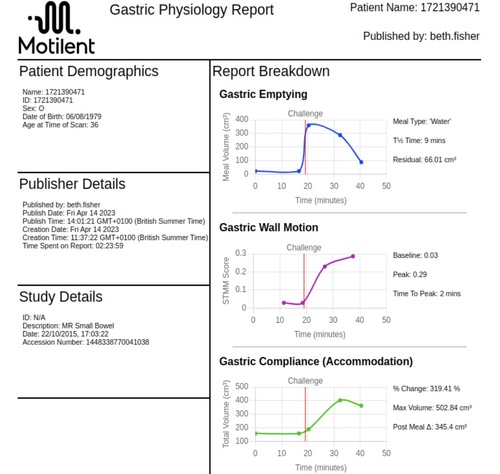It enables the measurement of gastric emptying, accommodation, and motility - offering insights that go beyond traditional tools such as scintigraphy, barostat, or manometry.
Scintigraphy for emptying, barostat for accommodation, manometry for motility - each invasive or limited.
Traditional methods are slow, uncomfortable, or not widely available.
Clinicians often have to piece together results; research lacks combined datasets linking emptying, accommodation, and motility.
Interpreting results in functional disorders (gastroparesis, dyspepsia, functional dysmotility) remains complex.
MRI has been extensively validated against scintigraphy, with exceptionally high agreement (R = 0.95, Khalaf et al. 2020).
Scan duration depends on meal type; clinical utility for transit time alone may be limited.
The landmark study by de Zwart (2002) compared MRI and barostat in healthy volunteers under pharmacological stress (glucagon and erythromycin).
MRI is as accurate as barostat in detecting changes in gastric volume, while also capturing gastric contractions.
A short (< 30min) MRI scan before and after a meal challenge can provide robust accomodation data.</p>

Fundus wall thickness and total gastric wall volume pre- and post-meal as a proxy of accommodation.
Gastric wall before (left) and after (right) a water challenge.
Several groups (Fox et al., Bicchura et al., Mayo Clinic) have developed MRI methods for gastric motility. The most relevant study (Heissam et al. 2020, University of Nottingham) compared MRI to simultaneous manometry.
High correlation (R = 0.8) using water stimulus.
MRI excels at quantifying bowel wall motion, but the role of motility in health and disease remains under investigation.
In practice, single measures (emptying, accommodation, motility) rarely tell the whole story. Often, it’s the interaction between gastric and small bowel function that matters.

Example output: multi-timepoint gastric physiology report summarising key features.
Motilent’s structured reporting service collates multi-timepoint MRI data into a single visual report. This makes advanced physiology assessment practical for clinics, reducing the workload for radiologists while giving referring clinicians clear, actionable insights.
Motilent partners with pharma, CROs, and clinical teams to deliver imaging endpoints that make gastric physiology studies more robust, reproducible, and clinically meaningful.
Let’s talk about how Motilent can support your study or clinical programme.